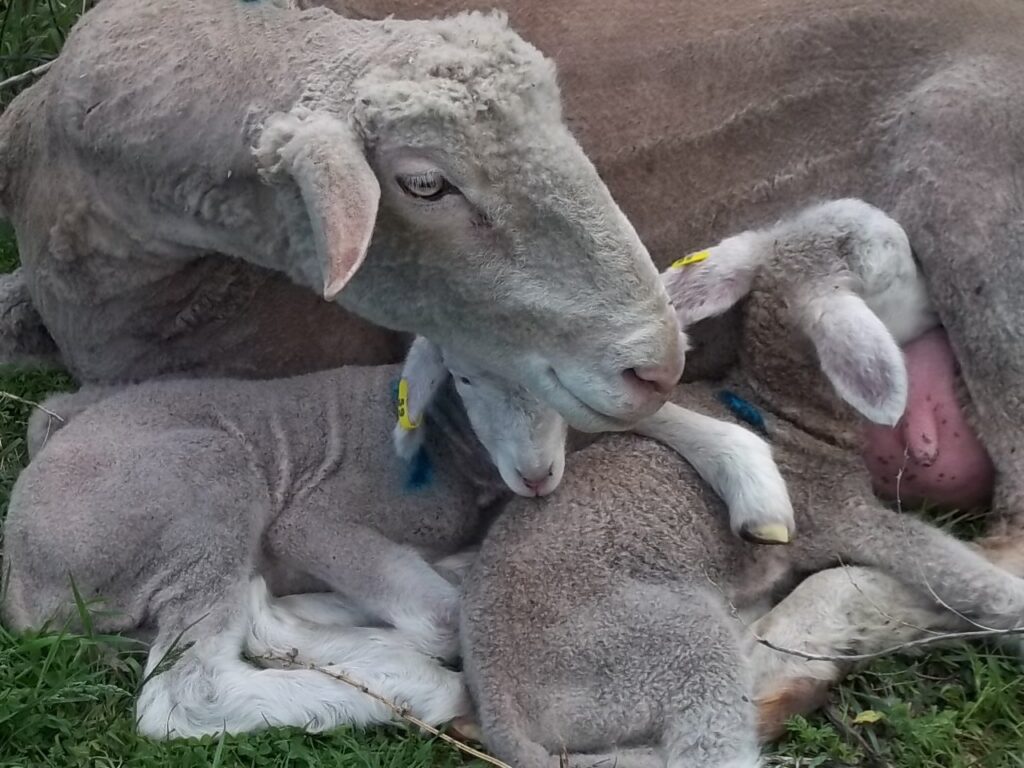By: Susan Littlefield

Imagine two different lambing scenarios. In the first scenario, it’s dark outside, the wind is blowing, and snow is falling. You have to bundle up for the late-night or early-morning lamb check. You head out the door and remind yourself to grab barn towels just in case there are new babies; then the cold hits your face, takes your breath away and off to the barn you go.
The second scenario unfolds as you step out the door; you’re greeted by the sound of birds singing and the fresh smell of the outdoors. The grass is green, and instead of heading to the barn, you’re taking a walk to the west pasture.
Both scenarios work for those in the sheep industry as you adapt to give the best care to your flock. Over time, we have gravitated away from winter lambing. The first reason for this shift is cold weather and lambing, and second, we have a market opportunity that allows us to deliver lambs in the fall for a few religious holidays. But let’s be honest, going to the pasture to check lambs is much less worrisome for my heart in the springtime. We have found that lambs born on pasture have more vigor, seem stronger when eating, and do not get that chilled lamb effect like winter babies do. Ewes that lamb on pasture versus in the barn seem to do better as well. They are walking more than they would in our open barn and eating fresh grass versus hay. My husband Michael says lambs and ewes seem to bond better on pasture; I wonder if that is because they are in the open and amongst other sheep versus being in the barn with four walls. You might wonder about the main challenge of pasture lambing, and it’s catching them to mark and tag them because they’re up and running so much faster!
Again, you have to do what works best for your operation, but either way, there is nothing better than finding a new lamb all curled up with a full belly!
